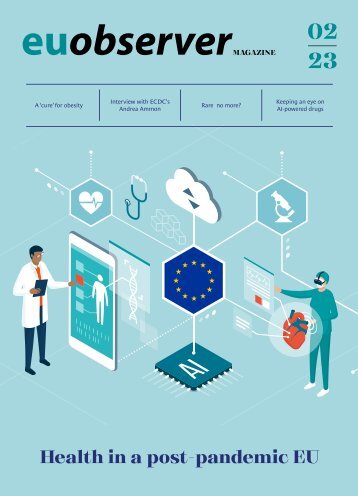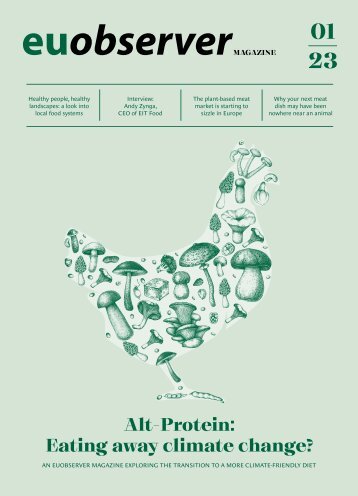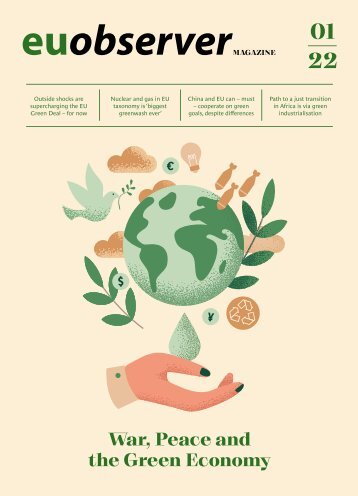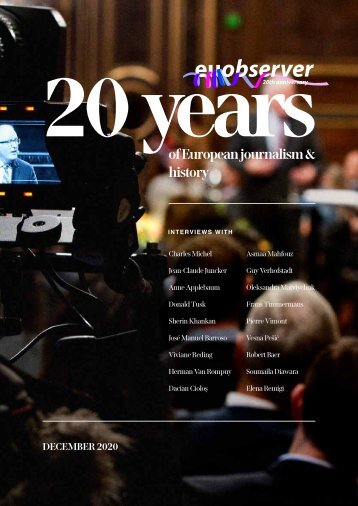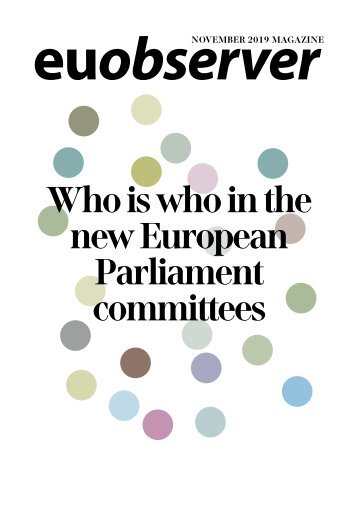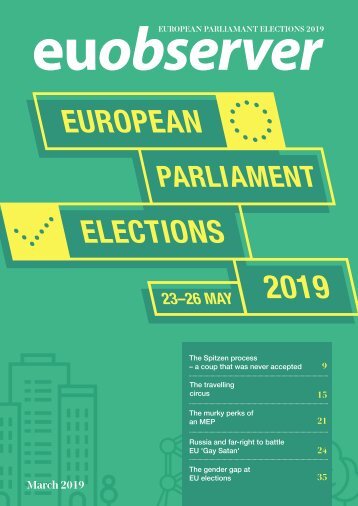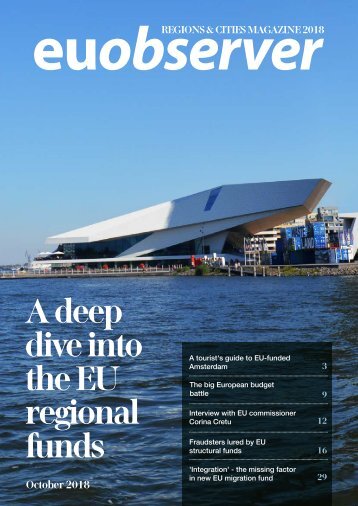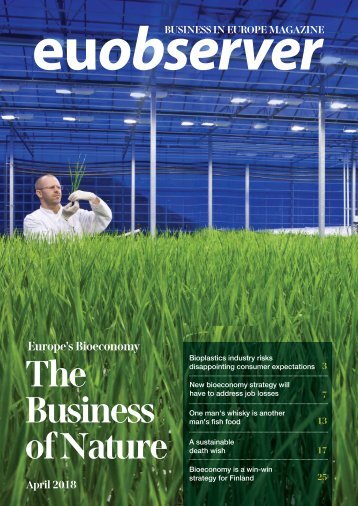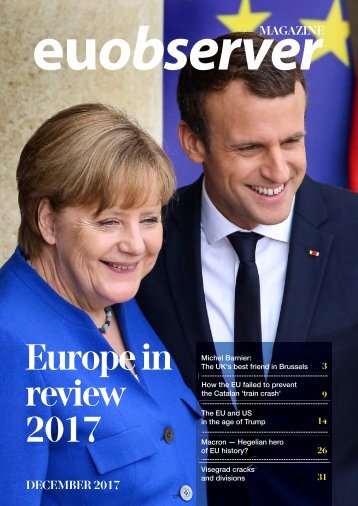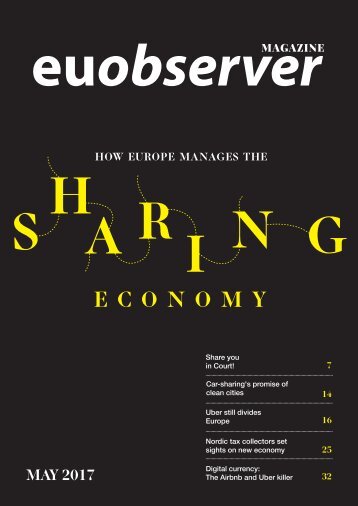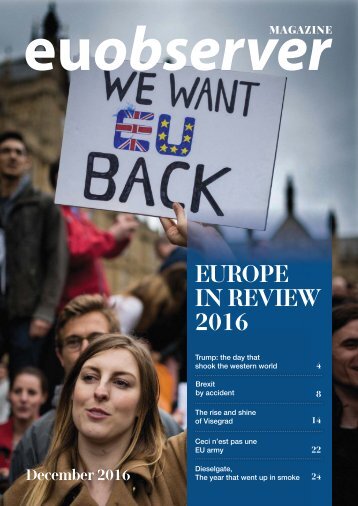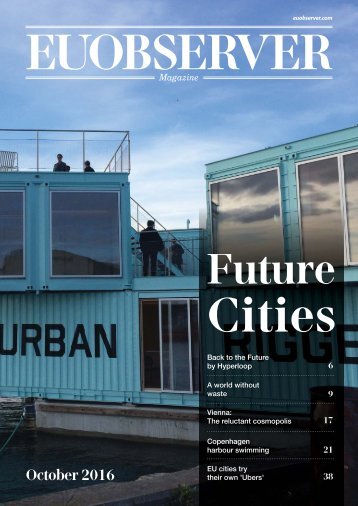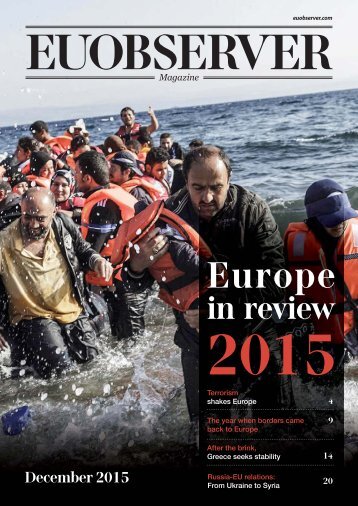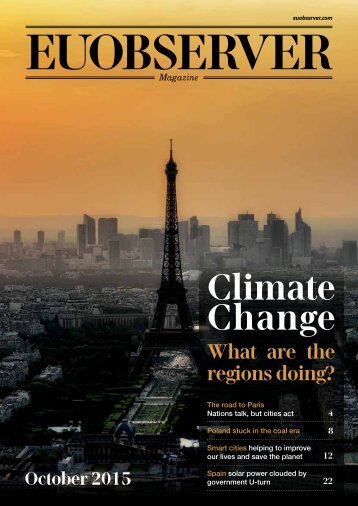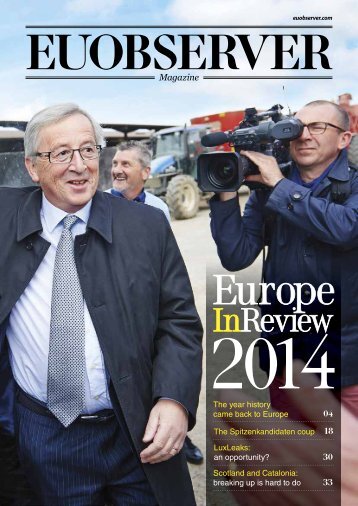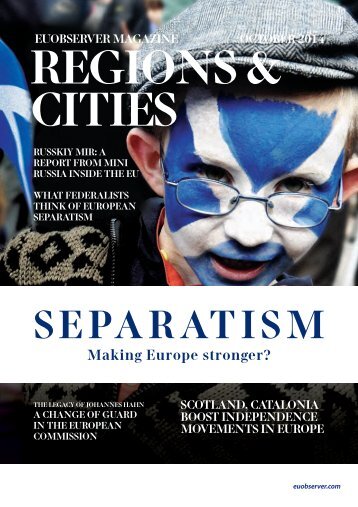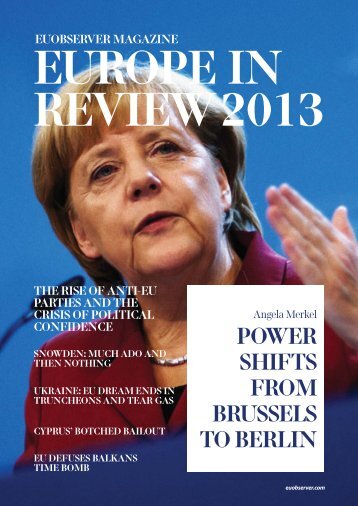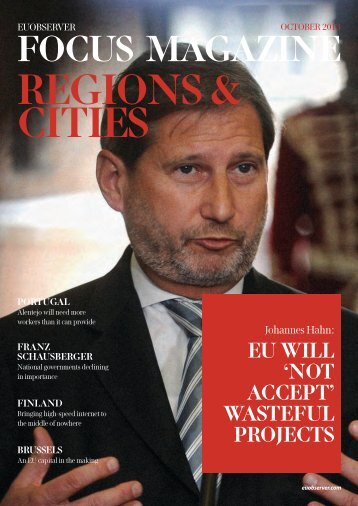War, Peace and the Green Economy
- Text
- Green economy
- Peace
- War
- Ukraine
- China
- Africa
- Europe
WHAT’S HAPPENING IN
WHAT’S HAPPENING IN THE EU WAR, PEACE AND THE GREEN ECONOMY Small modular reactors (SMRs), nuclear-fission reactors that are smaller than conventional nuclear reactors, could also provide a quick bridge eventually, but the technology is still under development, and needs to be examined by the EU Commission for security reasons. “This [war] could motivate countries to prolong the lifetime of existing plants, and spur new investments in nuclear energy generally,” Brutschin said, but added that decisions will vary widely, based on EU countries’ national and political contexts. Inside a nuclear reactor. Source: IAEA In 2020, 13 EU countries had operational nuclear reactors: Belgium, Bulgaria, the Czech Republic, Germany, Spain, France, Hungary, the Netherlands, Romania, Slovenia, Slovakia, Finland and Sweden. In total, there were 109 nuclear reactors in operation, according to the EU’s statistics office. Nuclear electricity production accounts for almost 25 percent of total EU electricity. But electricity generated by nuclear plants across the EU has decreased by 25.2 percent since 2006. Military conflict and nuclear plants don’t mix well.” by maximising energy production from nuclear power. The IEA proposed that the EU temporarily delay the closure of nuclear reactors which were scheduled to shutdown over the next year, a move which could cut EU gas demand by almost 1bn cubic metres per month. But such a massive shift requires equally massive investment. EU commissioner for the internal market Thierry Breton estimates the EU should invest around €500bn into nuclear energy by 2050 to achieve its goal of carbon neutrality. Others warn that building new nuclear power plants will not be a quick fix for the EU as it struggles to wean itself off Russian energy amid a war that is pushing up already-high energy prices. “Nuclear facilities [which are] already I don’t think there will be a nuclear renaissance, I don’t count a possible extension of reactors as a 'renaissance'.” halted could be put back online, but that would only mean a minimum [of] gas savings. If you want to reduce the role of gas in the electricity sector, you must slow down the phasing-out of coal,” András György Deák, senior research fellow at the Budapest-based Institute of World Economic, told EUobserver. Martin Hojsík “I can imagine that a nuclear renaissance unfolds because of the war — at least, in terms of policy discussions. But what we start building today, will not be operational until 2035. So what is the point?,” Deák said, adding that companies investing in building plants think long-term and are unlikely to react solely to the Ukraine war. Deák is also sceptical that Europe can decrease its reliance on gas more quickly than already planned. Accelerating savings could come from speeding up the renovation of buildings, in order that some gas used for heating can be channeled into producing electricity, he suggests. France is the EU state which is most reliant on nuclear electricity: nuclear energy represented 67 percent of all electricity produced in the country in 2020. In Slovakia, nuclear represents 54 percent of all electricity generation, in Hungary 46 percent, and in Bulgaria 41 percent. In Germany, where Angela Merkel made a commitment to phase-out nuclear power after Japan’s Fukushima disaster in 2011, the final three reactors are expected to stop production this year. At the other end of the spectrum, Finland’s new unit, built by a French-led consortium, came online in mid-March — but only after a 12-year delay, and billions of euros in extra costs. Elina Brutschin, research scholar with the climate programme of the Vienna-based International Institute for Applied Systems Analysis (IIASA) said the massive policy shift in Germany: shutting down the Nord Stream 2 gas pipeline from Russia, and increasing defence spending, showed that “anything is possible at the moment.” Vincent Zabielski, a nuclear engineer-turned-lawyer at international law firm Pillsbury, thinks there can be a nuclear renaissance, citing a U-turn in Germany thinking in the last few weeks. “Germany has some of the best nuclear plants in the world, as well as the best nuclear operators, and they are throwing it away,” he warned, adding that any decision to revive nuclear power in Europe’s energy mix will ultimately be a political choice. And some politicians are far from convinced. “No, I don’t think there will be a nuclear renaissance, I don’t count a possible extension of reactors as a ‘renaissance’,” Slovak MEP Martin Hojsík, one of the European lawmakers in charge of taxonomy, told EUobserver. “It is just too costly, and takes too long compared to renewable energy,” he said, pointing out that reactors in central Europe are also dependent on Russian fuel. “Military conflict and nuclear plants don’t mix well.” ◄ About Eszter Zalan Eszter is from Budapest, Hungary. She joined EUobserver in 2015. She reported on conflict and war zones for Nepszabadsag, the largest Hungarian daily, for several years, and has also covered Hungary for Agence France-Presse. At EUobserver, she covers issues around European democracy, rule of law, and populism. She is the co-founder of EUrologus, a Hungarian blog focusing on EU affairs. 19
- Page 1 and 2: MAGAZINE 01 22 Outside shocks are s
- Page 4: TABLE OF CONTENTS WAR, PEACE AND TH
- Page 8: WHAT’S HAPPENING IN THE EU WAR, P
- Page 12: WHAT’S HAPPENING IN THE EU WAR, P
- Page 16: WHAT’S HAPPENING IN THE EU Does t
- Page 22: HOW OTHERS SEE THE EU to describe f
- Page 26: WAR, PEACE AND THE GREEN ECONOMY Pa
- Page 30: WAR, PEACE AND THE GREEN ECONOMY Af
- Page 34: HOW OTHERS SEE THE EU Just as the E
- Page 38: WAR, PEACE AND THE GREEN ECONOMY IN
- Page 42: PEOPLE IN THE NEWS - HILDA FLAVIA N
- Page 46: An A-Z glossary of climate change t
Inappropriate
Loading...
Mail this publication
Loading...
Embed
Loading...
